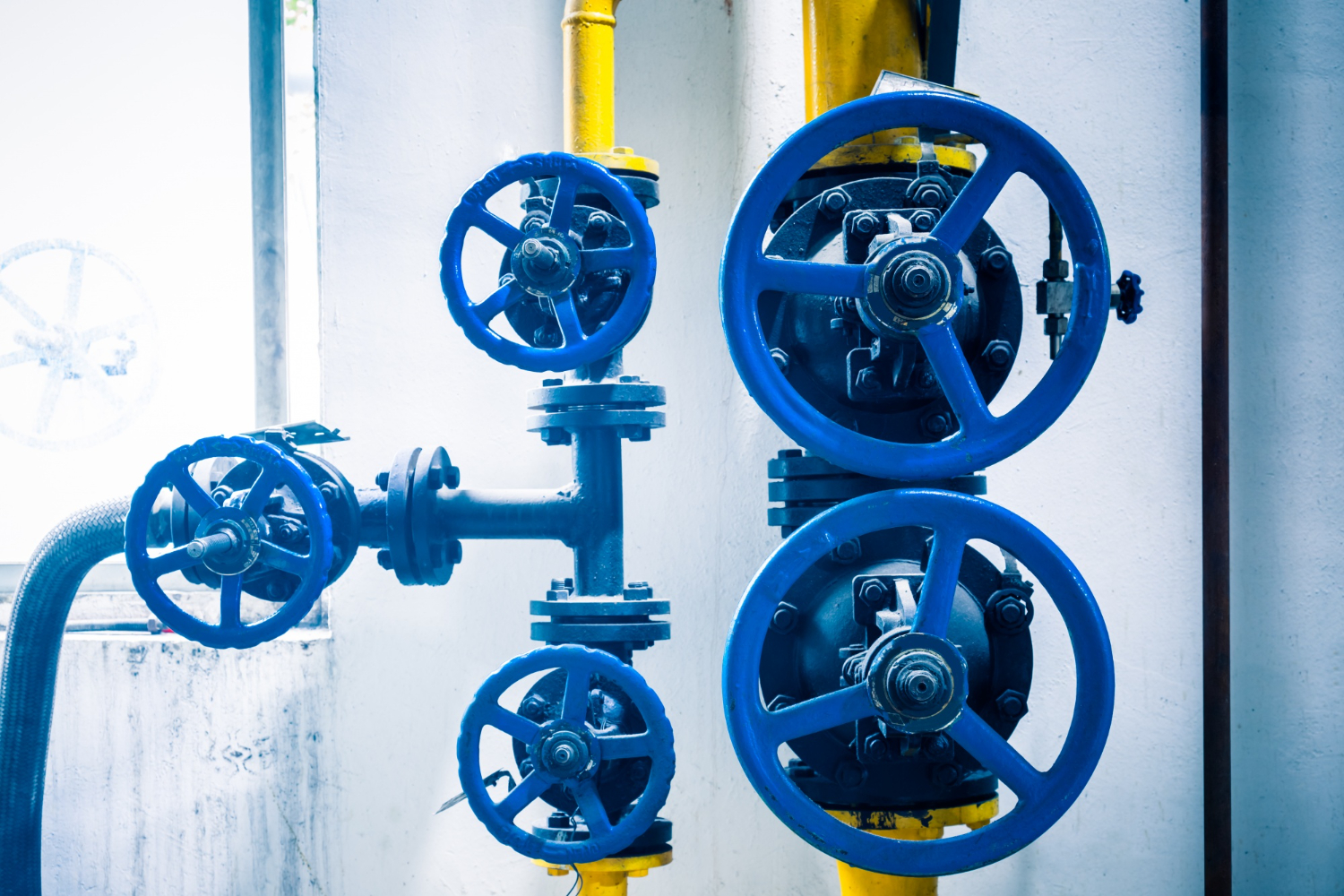
Valves are essential in various industries, including oil and gas, mining, power generation, water treatment plants, and chemical processing. These mechanical devices control the flow of fluids or gases by opening, closing, or partially obstructing a passageway. Valves are vital for regulating pressure and temperature during transportation and storing liquids or gases. They also help to prevent backflow, leakage, and contamination. With the increasing demand for efficient flow control systems in various industrial processes, valve manufacturers have developed different types of valves to suit specific applications. This article will discuss common valve types and their uses in modern industries.
Gate valves
Gate valves are one of the most commonly used valves in industries due to their simple design and efficient flow control capabilities. These valves consist of a gate or wedge-shaped disc that slides perpendicular to the fluid flow direction to regulate the flow. When fully opened, gate valves have minimal obstruction, allowing for an unimpeded flow of fluids or gases.
One of the main advantages of gate valves is their ability to provide a tight seal, making them suitable for handling high-pressure and high-temperature fluids. Industries commonly use these valves in pipelines, oil and gas refineries, and chemical processing plants where a reliable shutoff is essential.
Gate valves come in different designs, including wedge-shaped, parallel slide, and split-wedge gate valves. Wedge-shaped gate valves are commonly used in high-pressure and high-temperature applications, while parallel slide gate valves are suitable for low-pressure systems. Industries use split-wedge gate valves in cryogenic applications as they provide better sealing capabilities.
Ball valves
Ball valves are another popular type used in various industries due to their versatility and durability. These valves consist of a spherical disc with a hole in the middle, known as the ball, which rotates to control the flow of fluids or gases. When the ball is in line with the pipe, there is an unobstructed flow, and when rotated 90 degrees, it blocks the flow.
One of the main advantages of ball valves is their ability to operate with low torque, making them suitable for automation and remote control systems. They also provide a tight seal and are commonly used in high-pressure applications. Industries use ball valves in oil and gas pipelines, water treatment plants, and chemical processing plants.
Ball valves come in different designs, including floating ball, trunnion-mounted ball, and top-entry ball valves. Floating ball valves are suitable for low-pressure applications, while trunnion-mounted ball valves are better in high-pressure and high-temperature systems. Top-entry ball valves provide better sealing capabilities and allow for easy maintenance. Visit https://valveman.com/valves/ball-valves/ for more information on ball valves.
Butterfly valves
Butterfly valves have a disc-shaped closing mechanism that rotates around an axis to control the flow of fluids or gases. These valves are commonly used for low-pressure and large-diameter applications, as they provide a lightweight and cost-effective solution for flow control.
One of the main advantages of butterfly valves is their quick operation, making them suitable for applications that require frequent opening and closing. They also provide a tight seal and have minimal pressure drop compared to other valves. Industries commonly use butterfly valves in water distribution, irrigation, and wastewater treatment plants.
Butterfly valves come in different designs, including concentric, double-offset, and triple-offset butterfly valves. Concentric butterfly valves have a simple design and are suitable for low-pressure applications. Double-offset butterfly valves provide better sealing capabilities and can handle high-temperature fluids. Triple-offset butterfly valves are best in high-pressure and corrosive applications.
Check valves
Check valves or non-return or one-way valves, are designed to allow flow in one direction and prevent backflow. These valves consist of a disc or flap that opens when the pressure of the fluid or gas is higher on one side and closes when the pressure is equalized.
One of the main advantages of check valves is their simple design, making them suitable for applications that require minimal maintenance. They are commonly used in pipelines, pumps, and compressors to prevent backflow and protect equipment from damage. Check valves also come in various designs, including swing, lift, and wafer check valves.
Swing check valves are the most common type and operate with a hinge mechanism to allow for unidirectional flow. Lift check valves use a piston or disk to control the flow and provide better sealing capabilities than swing check valves. Wafer check valves are suitable for low-pressure systems and have a compact design, making them ideal for limited-space applications.
Globe valves
Globe valves consist of a globe-shaped disc that moves up and down to control the flow of fluids or gases. Industries use these valves in high-pressure and high-temperature applications requiring precise flow control. They are also suitable for throttling and regulating flow.
One of the main advantages of globe valves is their ability to provide fine-tuned control over the flow, making them suitable for applications that require precise flow regulation. They also have a good sealing capability due to the disc’s shape, which allows for linear contact with the valve seat. Globe valves are best for steam, power plants, and HVAC systems.
Globe valves come in different designs, including T-pattern, angle, and Y-pattern globe valves. T-pattern globe valves have a stem perpendicular to the flow direction and are suitable for high-pressure applications. Angle globe valves have an angled disc to allow for a more streamlined flow and are often used in tight spaces. Y-pattern globe valves have a Y-shaped body suitable for high-pressure and high-temperature applications.


